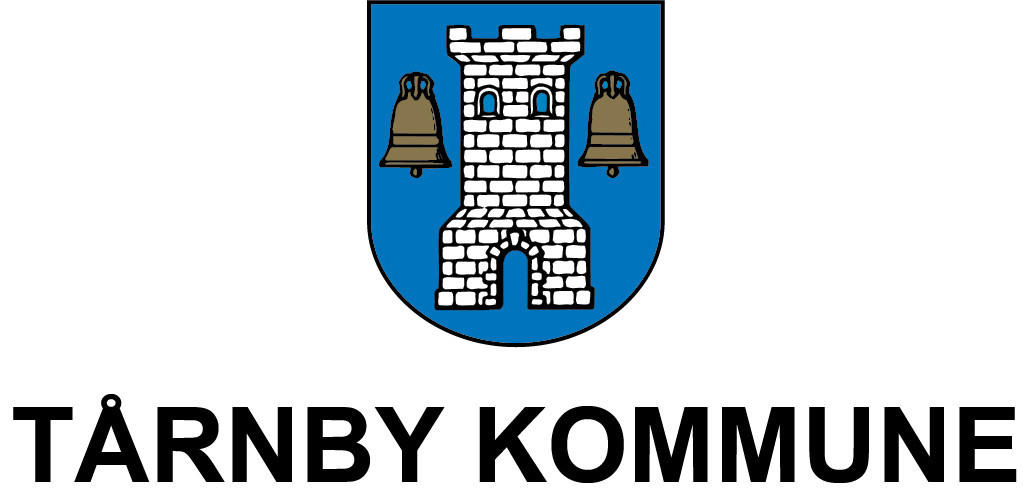An introduction to Danish trade unions
If you work in Denmark, you can become a member of a Danish trade union. Danish trade unions are divided into the so-called “yellow” trade unions, which are not part of a central organization, and traditional trade unions. It is important to remember that a Swedish trade union cannot help you with your work conditions in Denmark.
What is a Danish trade union
A Danish trade union is essentially an association of people who receive salaries within the same industry or professional area. Trade unions can be part of larger unions (fagforbund, fagorganisation/faglig organisation). They negotiate salary and employment conditions on behalf of their members. Additionally, they recruit and train trustees and give advice to their members with regards to professional or personal problems in the workplace.
Traditional and "yellow" trade unions
A “yellow” trade union, called a “gult fagforbund” in Danish, organizes salaried employees and self-employed workers in various professional areas into the same trade union. Trade unions of this type are not part of a central organization. “Yellow” trade unions also have lower charges than the traditional trade unions.
The differences between "yellow" trade unions and traditional trade unions:
- "Yellow" trade unions do not negotiate agreements with employers
- Traditional trade unions negotiate agreements for their members (salaried employees)
- "Yellow" trade unions organize their members into a trade union
- Traditional trade unions organize their members into different organisations - according to profession or industry
"Yellow" trade unions:
Business Danmark Danmarks Frie Fagforening
Main trade unions:
Fagbevægelsens Hovedorganisation (FH)
Akademikernes Centralorganisation (AC)
Become a member of a Danish trade union
If you are considering whether to become a member of a Danish trade union or not, there are a few things that may be helpful to consider before you make your decision. If you get into a dispute with your employer without the support of a trade union, you will have to deal with it on your own. You can of course always get help from a lawyer, but in some cases this may be more expensive.
Before you decide to become a member, it is important to ask the trade union if they will represent you even after you have left the Danish labour market.
A trade union can also provide advice and support to people who are new to the Danish labour market, and members can turn to their annual salary statistics for each profession. In addition, trade union fees are deductible in the Danish tax declaration (årsopgørelsen).
Choose the right trade union
People usually choose to become a member of a trade union within the professional domain to which they belong. For example, if you work in the commerce sector in Denmark, you could contact an organisation such as HK Handel Hovedstaden. This is one of the trade unions, which sets the framework for working conditions in shops and the wholesale sector. Before you decide which trade union to choose, it is always a good idea to examine the conditions they offer to their members.
The majority of the trade unions in Denmark have a local office where members can get advice and guidance about work and social conditions. The local trade union is linked to a trade union, which is in turn linked to a main organisation. The trade union and the main organisation participate in, among other things, negotiations on general pay frameworks and working conditions.
Did you find this information relevant?
Do you want to elaborate?
Stop working in Denmark – What you need to know
Are you leaving your work in Denmark?
Look through our checklist to find out what important steps you need to take.











